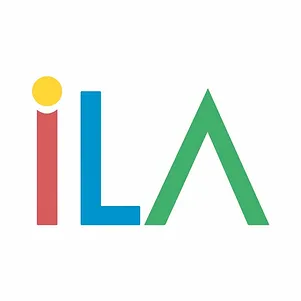For many buy-to-let (BTL) investors, understanding how much they can borrow on a BTL mortgage can be confusing. A common misconception is that a BTL lender will look at the borrower’s personal income, much like they would for a residential mortgage. However, when it comes to BTL mortgages, it’s the rental income the property generates (or is expected to generate) that determines the maximum loan amount. Here, we’ll walk through the key factors BTL lenders consider and how you can estimate the amount you might be able to borrow.
How Rental Calculators Work
Most BTL lenders use a rental income calculator to assess affordability and determine the maximum loan amount they’re willing to lend. These calculators typically incorporate an assumed (or “stress-tested”) interest rate rather than the rate you’re actually paying. This is because lenders want to ensure that the rental income will cover the mortgage payments even if interest rates rise.
For example, let’s say a lender uses a stress-tested interest rate of 7%. This might be calculated by adding 2% to the actual rate you’re paying (in this case, we’ll use a pay rate of 5% for illustration). Additionally, lenders generally require rental coverage of 125% of the monthly mortgage payments.
Let’s break down a quick example:
- Loan Interest Rate: 5% (pay rate) + 2% (stress buffer) = 7% stress-tested rate
- Required Rental Coverage: 125% of the monthly mortgage cost
This means the monthly rental income must cover at least 125% of the mortgage payment, calculated at the stress-tested rate.
Example Calculation
Suppose you’re looking at a loan of £100,000 with a 5% interest rate. Under a stress-tested rate of 7%, the lender will use this rate to calculate how much rental income is needed to cover the payments.
Here’s how that looks in practice:
- Monthly payment at a 7% stress-tested rate on £100,000: approximately £583
- Required monthly rental income: £583 * 1.25 = £728
In this scenario, the property would need to generate at least £728 per month in rental income to qualify for a £100,000 loan.
Variations in Lender Calculations
It’s important to note that different lenders have their own variations of this calculation. In many cases, 5-year fixed-rate BTL products are evaluated based on the actual pay rate (e.g., 5%) rather than a stress-tested rate. This often allows for a higher maximum loan amount since the rental coverage requirement is based on a lower rate. However, the specific calculation approach varies by lender, so it’s essential to consult with your broker here at Grand Union Finance, to explore options that align with your goals.
Book a call with our expert team:
Loan-to-Value (LTV) Restrictions
In addition to rental coverage requirements, BTL lenders impose a maximum loan-to-value (LTV) cap. For most lenders, the usual LTV cap is 75%. This means that even if the property’s rental income would qualify you for a higher loan, the loan amount will still be capped by the LTV maximum on the lender’s product.
Rental Calculators for Other Investment Mortgages
These rental calculator principles apply not only to BTL mortgages but also to other types of investment loans, such as HMO mortgages, serviced accommodation loans, and social housing mortgages. While each loan type has nuances, the general method of basing loan amounts on rental income remains consistent across the board.
Summary
Understanding how BTL lenders calculate maximum loan amounts can help you make better investment decisions. With rental income as the primary factor, using these calculators allows you to assess affordability before committing to a property. By working with a broker and exploring different lender criteria, you can find a BTL mortgage solution that matches your investment strategy.
Facebook
LinkedIn
WhatsApp









